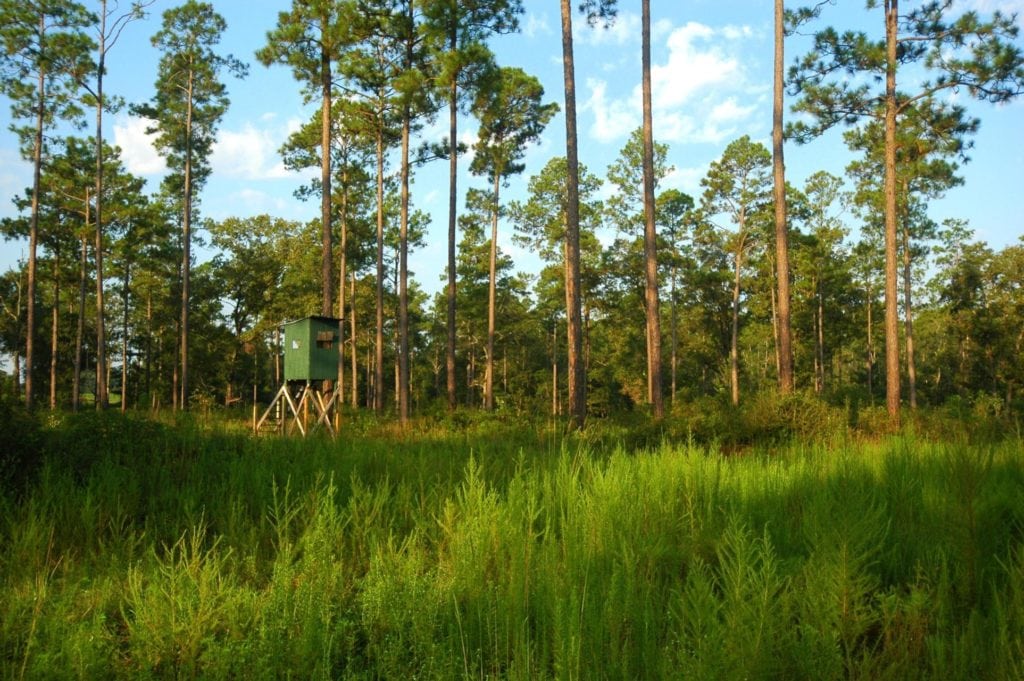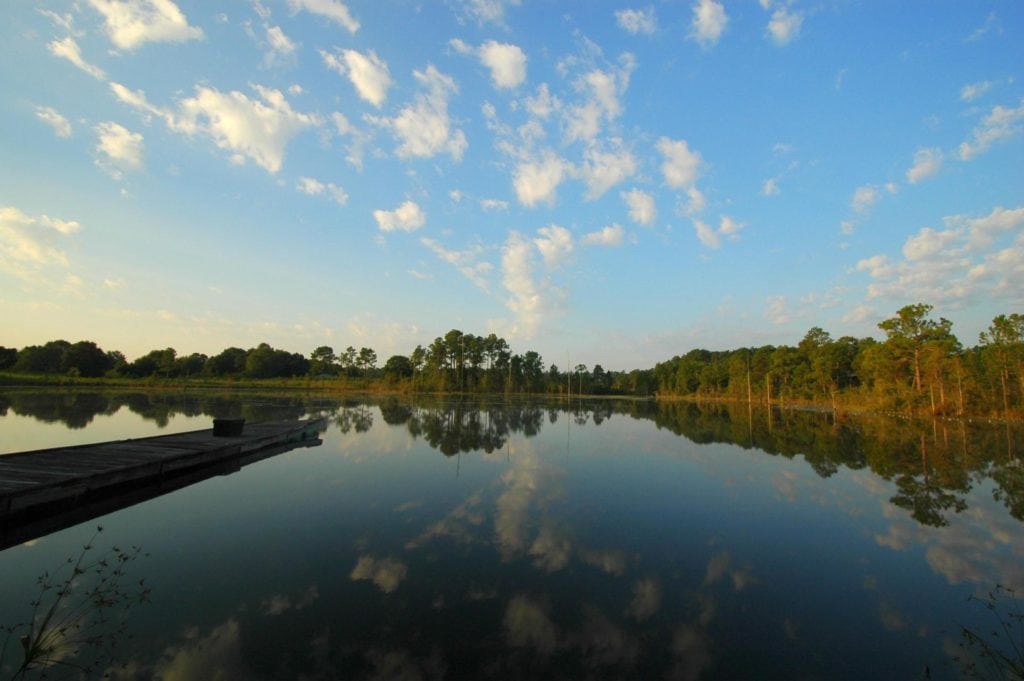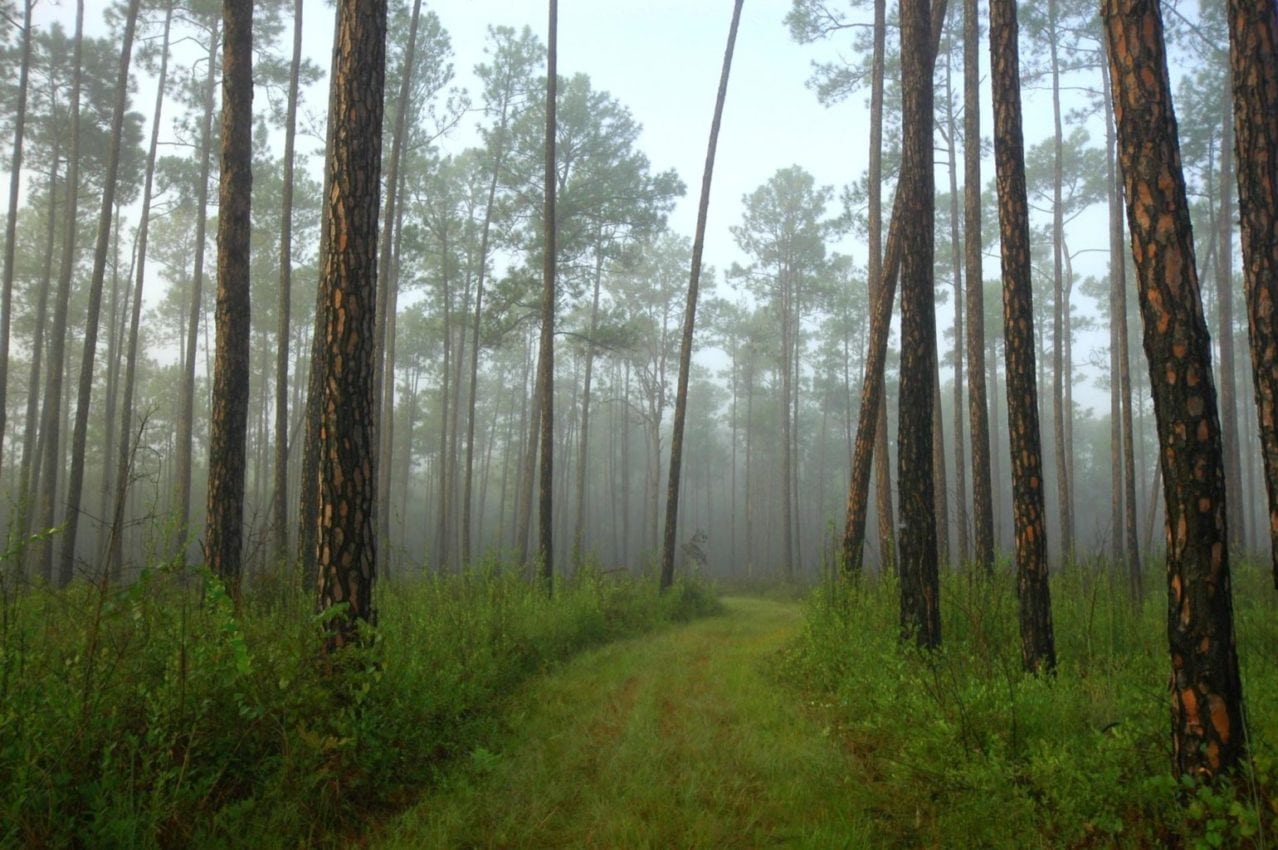Selling your timber is likely something a landowner will only have to face once or twice in a lifetime, and profits vary widely depending on constantly fluctuating markets, species, and acreage, to list but a few factors. Not all of these will be controllable, so it is incumbent upon the owner to influence those that you can. Managing timber as it matures is precisely one of those factors a person can manipulate, and it’s well worth the effort. Managed timberlands, according to a study conducted by the University of Georgia and published in the Journal of Forestry, generate returns almost four times higher than non-managed lands.

Enter fire ecology. Fundamentally, prescribed burning, also known as swailing, substitutes nature’s lightning bolts with man’s hand. Properly executed, a prescribed fire can regulate dry-matter accumulation, control plant species, and determine wildlife habitat and population (think the plight of northern bobwhite quail), to name a few benefits. Done wrong, it can cause literally opposing detrimental effects.
So why bother with the risk in regards to timber management? When timber grows to pulpwood size, it reaches a point of necessary thinning. If it’s not financially mature, a timberland owner might consider thinning and harvesting a portion of trees leaving the best trees to mature, otherwise making use or profit of the rest. The remaining trees can act as loan collateral with the premature harvest out of the way, and the waiting game begins again. Post thinning, the resulting light reaching the forest floor will encourage the sprouting of hardwoods. All sorts of growth begins, and a burn can both control the hardwoods and clean up logging debris from the harvest. A professional should always be consulted to conduct the burn.

“Percent growth is one technique for deciding when to thin or harvest a financially mature forest,” cautions William E. Gardner, an Extension Forest Resources Specialist with North Carolina State University’s School of Forest Resources. “Still, this is only a guide. Market fluctuations alone can offset several years’ growth. And most stands can be managed many years beyond strict financial maturity before stagnation or potential catastrophe begins to force regeneration or a timber sale.”
Have a management plan in place and a sound pliable marketing strategy. Beyond this, have a reforestation plan outlined long before harvest. This will reduce cost when assuring the desirable species return to your habitat.
If buying and properly managing timberland through swailing and other strategies is too daunting, consider investing in timber indirectly. WOOD offers portfolio diversification immune to market bears. It is not an asset you are going to liquidate fast, but direct investment does offer more control than REITs.
